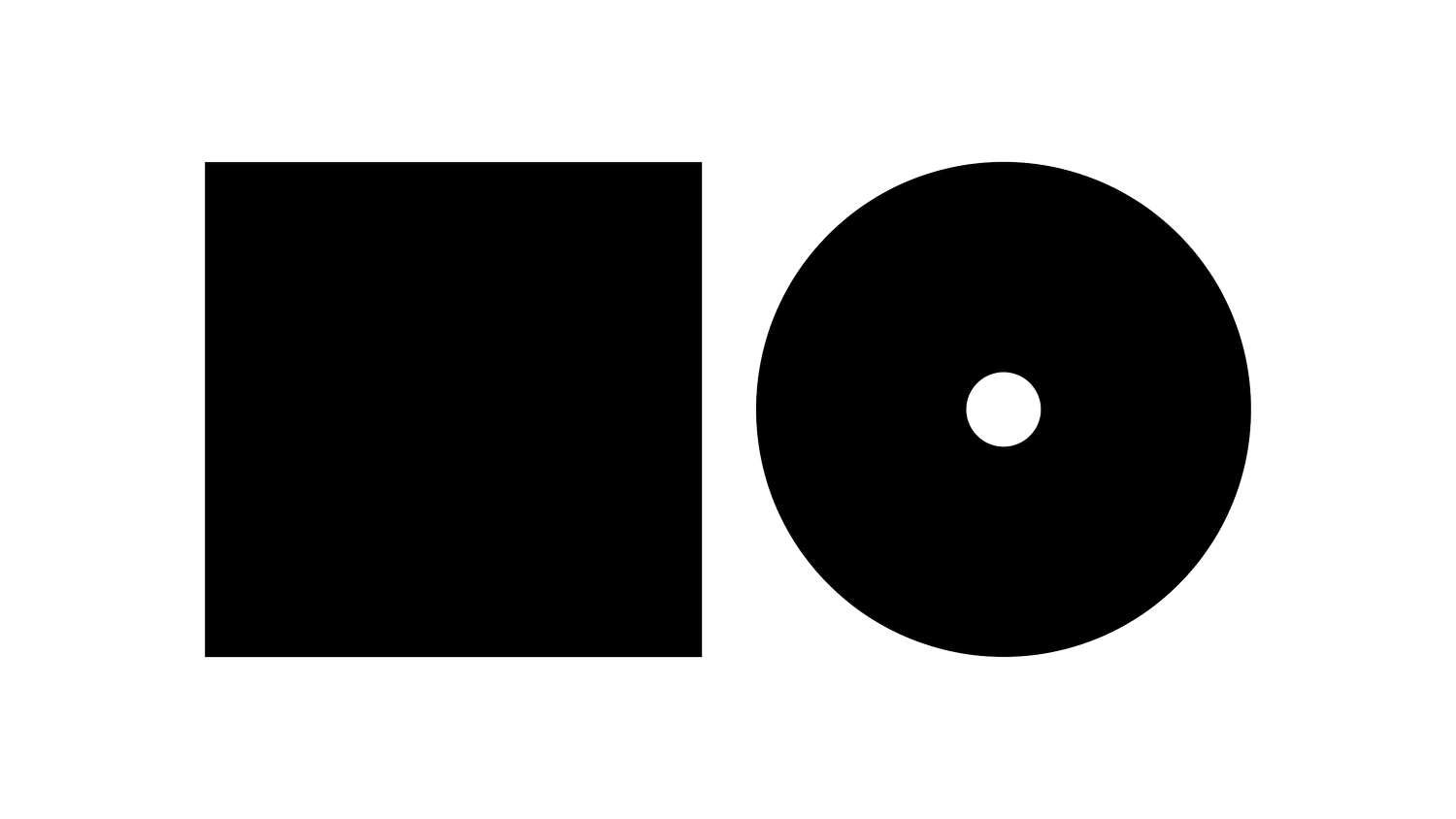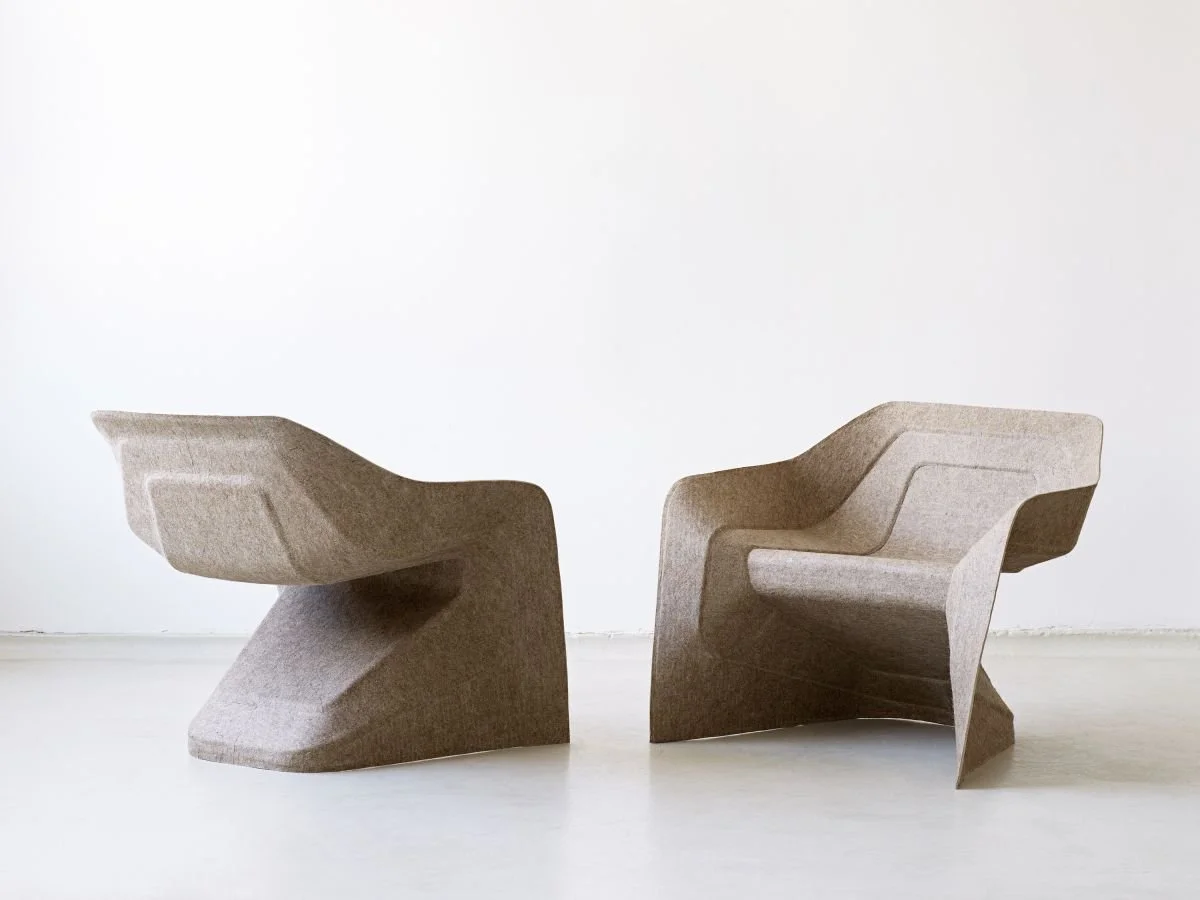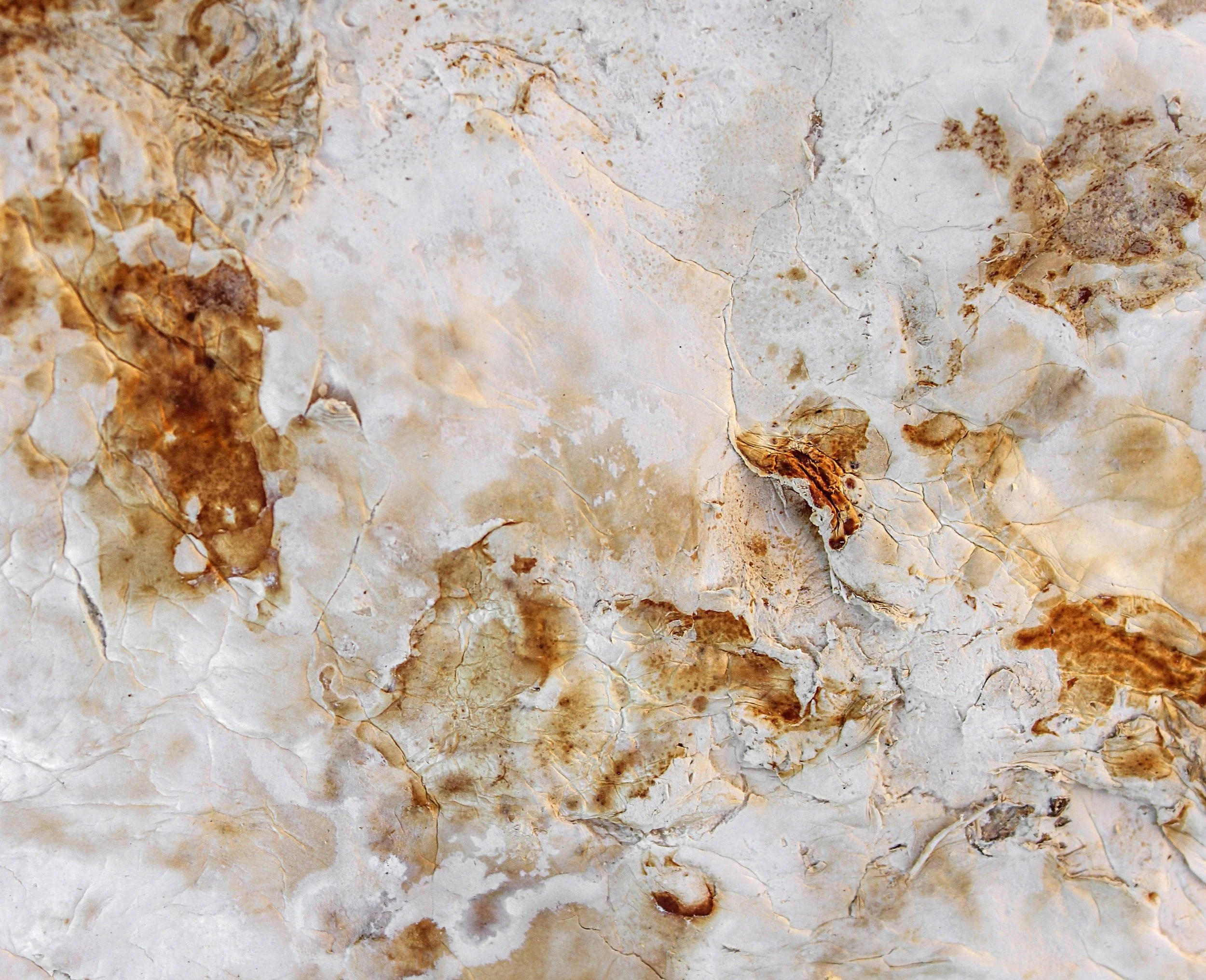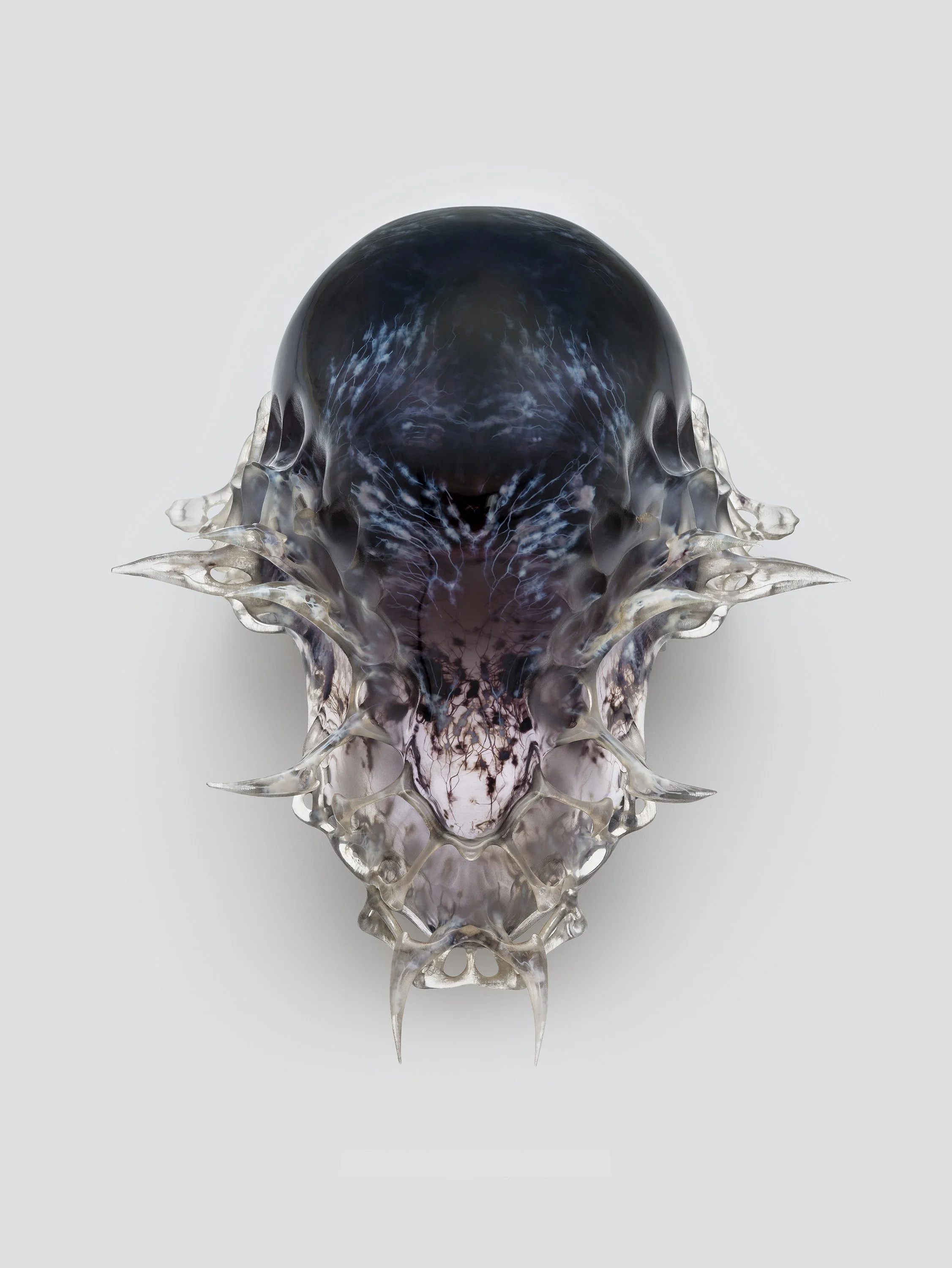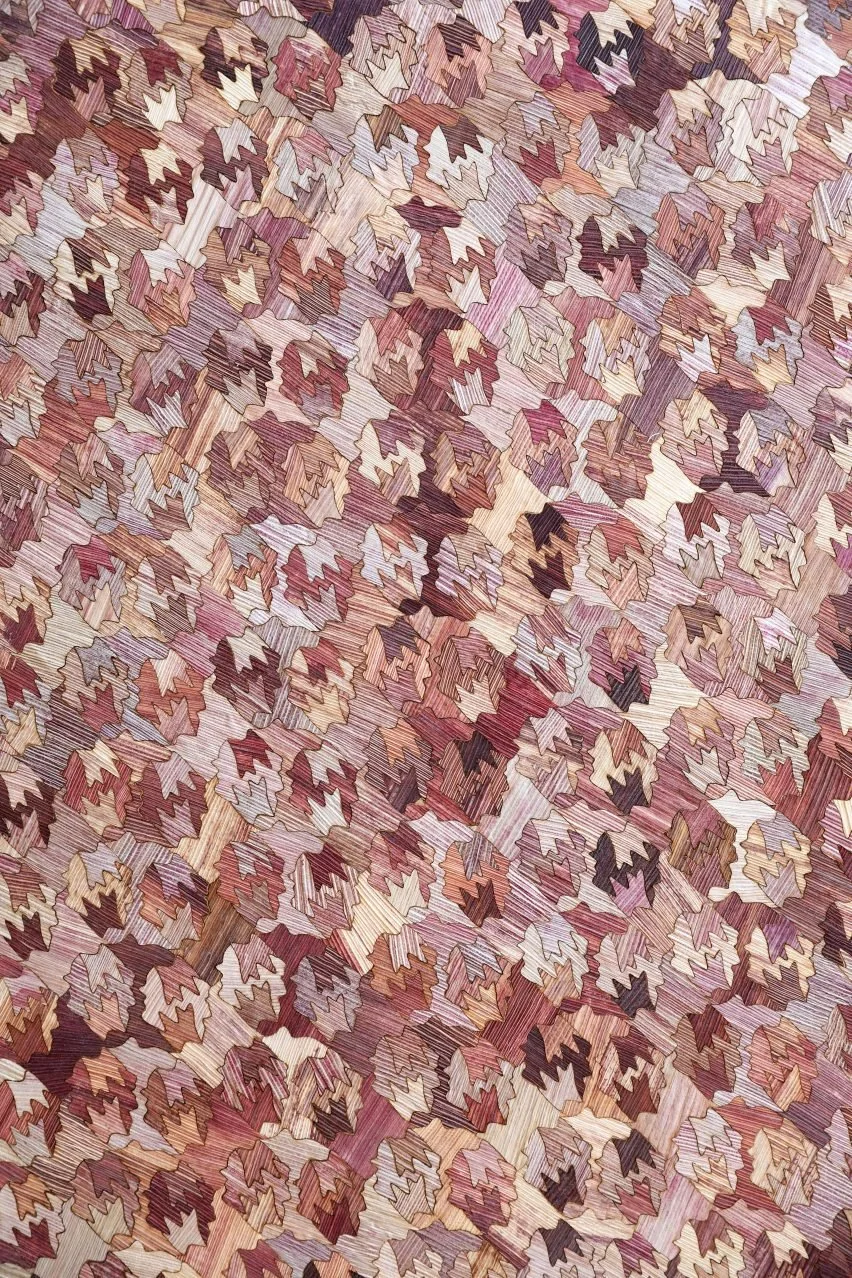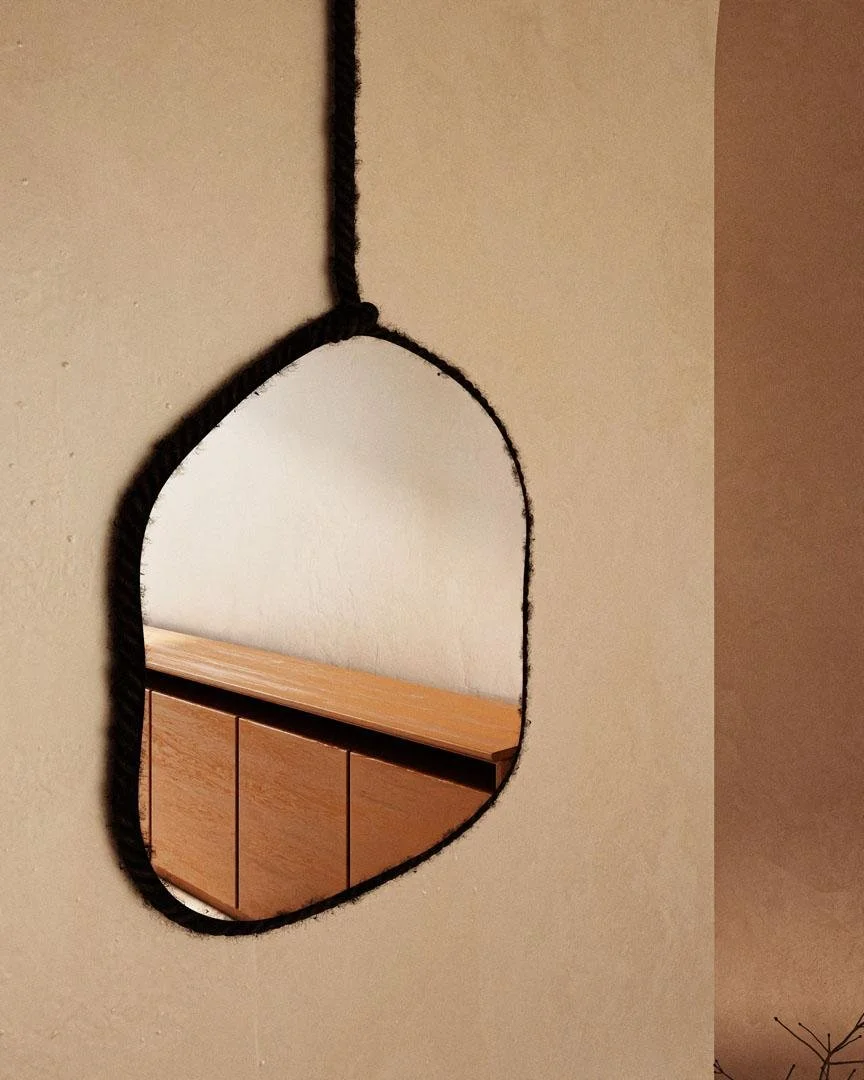P R O L E A R N
Bio Design involves harnessing biotechnology and living organisms in design and construction processes. In the realm of circular and regenerative design, it offers unprecedented opportunities for sustainability and innovation.
Cost Efficiencies
Resource Optimisation: Bio-based materials can reduce dependency on costly, non-renewable resources, potentially lowering material costs by up to 30%.
Energy Savings: Biodesign solutions often require less energy-intensive manufacturing processes, potentially reducing production costs by 20-25%.
Waste Reduction: Bio-based materials are often biodegradable or recyclable, reducing waste management costs by up to 40%.
Sustainability Benefits
Carbon Sequestration: Many bio-based materials actively sequester carbon, potentially reducing a building's carbon footprint by up to 50%.
Biodegradability: Bio-designed products can decompose naturally, reducing environmental impact at end-of-life.
Renewable Resources: Bio Design often utilises rapidly renewable resources, supporting sustainable material cycles.
Innovative Applications
Living Materials: Development of self-healing concrete using bacteria, potentially extending infrastructure lifespan by 20-30%.
Biofabrication: Growing materials like mycelium-based insulation, offering comparable performance to traditional materials at a fraction of the environmental cost.
Biomimicry: Designing structures inspired by nature's efficient forms, potentially improving energy efficiency by up to 30%.
Challenges and Considerations
Scalability: Moving from laboratory to large-scale production can be challenging for some bio-based solutions.
Regulatory Hurdles: New bio-based materials may face regulatory challenges before widespread adoption.
Performance Consistency: Ensuring consistent performance across varying environmental conditions can be complex for living materials.
Future Outlook
As biotechnology advances, Bio Design is set to play a crucial role in achieving sustainable, circular, and regenerative built environments. Integration with other technologies like 3D printing and AI will further enhance its capabilities in creating truly sustainable structures.
Call to Action:
Evaluate your current design and construction processes to identify opportunities for integrating Bio Design principles. Consider pilot projects that leverage biotechnology's sustainability benefits, and invest in developing the necessary skills within your team to harness the full potential of Bio Design for circular and regenerative practices.
